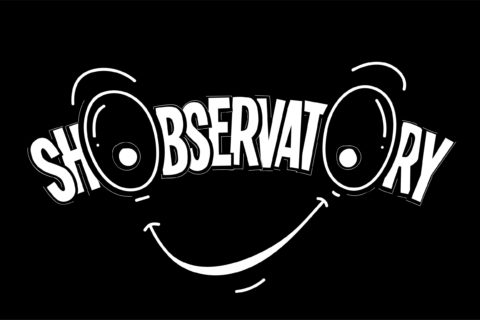Do you want to know what happens when brands stop advertising for long periods? The renowned Ehrenberg-Bass Institute did. And they’ve been kind enough to publish their research on this area.
What did Ehrenberg-Bass’ research cover?
A 20-year study that tracked mass media spend and sales volumes for 57 Australian consumer good brands. This analysed:
- How declining mass media spend affects sales
- If sales decline differed between big and small brands
- If brands’ prior sales trends affected sales if they stopped mass reach advertising
- How long it took for a brand’s sales to rebound after they stopped mass reach advertising
What are the key findings?
- When brands stop mass reach advertising for a year, sales on average fall by 16%
- The longer a brand stops advertising for, the more their sales decline
- Bigger brand’s sales decline tends to be slower vs. smaller brands
- Brand’s sales will fall more if they stop mass reach advertising when their sales are already falling
To learn more about these findings we spoke to Dr Nicole Hartnett. Dr Hartnett is a Senior Marketing Scientist at the Institute.
Big brand’s sales are less affected by stopping mass reach advertising. But how ‘big’ does a brand need to be to limit the impact?
We can’t claim that a specific brand size will prevent sales falling without mass reach advertising. It’s also important to know that this wasn’t a controlled experiment, so we can’t claim causality.
This means stopping mass reach advertising wasn’t the only cause of sales changes. A brand’s sales also depend on what else they’re doing (alongside mass reach advertising).
Physical or mental availability help brand’s keep momentum when they stop mass reach advertising. But which of these (physical or mental availability) is more important?
Mass reach advertising builds large scale mental availability across the market. It does this by reinforcing brand memory structures. But reinforcing memory structures stop when mass reach advertising ceases.
Brands who stop mass reach advertising rely on past investments in mental availability to keep salience. And often this isn’t enough for people to remember them. This means light category buyers won’t be being reminded ‘what’ a brand is and won’t buy them.
Is it fair to think that stopping advertising also risks how well a brand’s distinctive assets will work?
Yes, it can. Distinctive assets are part of the mental availability network of brand associations. This means they’re memory structures that can/will degrade without reinforcement – much like other knowledge about the brand.
When mass reach advertising stops, distinctive assets are only visible in retail environments. This means distinctive assets will only reach people in the market who are buying already (a brand’s existing customers).
But even for most brand buyers, long periods of time pass between buying a brand. In this time their memories can decay. This makes it harder to recognise a brand among others. Well executed mass reach advertising reminds people what brands look like. And in doing so, makes them easy to find at the next buying occasion.
But people won’t forget a brand’s distinctive assets overnight. Or even years. But people will forget them eventually. Especially assets like taglines and characters which aren’t prominent in retail environments.
Is there a middle ground where a brand can reduce advertising and keep sales levels?
Totally stopping mass reach advertising is an extreme circumstance. But we felt it needed investigating. This is because we saw marketers doing it for several reasons.
There’s a middle ground where brands can justify reducing advertising spend – instead of stopping entirely. But it depends on your marketing goals (e.g., maintenance vs. growth). Also, some brands are genuinely overspending. For such brands, reduction cuts wastage.
Evidence from experiments shows that large increases/decreases in spend often don’t have a large effect on sales. It’s more likely that changing creative (quality) will do this.
This kind of evidence implies that spend, as a volume metric, only gets you so far. How you spend that money is more important.
When brands stop advertising, it takes a disproportionate time to reclaim lost sales. I.e. 1 year of advertising leads to sales losses that’ll take more than 1 year to recoup. Why do you think this is?
Our research suggests that it may take over a year of spend to make up for a one-year hiatus. This is because the pause leads to physical availability losses – i.e., less places sell a brand.
This happens because retailers sometimes preference advertised brands over unadvertised ones. Less advertising could send an implicit signal to retailers that the manufacturer is “losing faith” in the brand. This could mean retailers give advertised competitors more consideration for in-store activations and facings.
Can you make any conclusions on which mass reach advertising formats this research most relates to?
One warning with this kind of research in recent years is that search advertising and social media spend isn’t captured in most media databases.
Consequently, it’s challenging to understand all media spend when brands have totally stopped spending or quantify reductions in total spend within a market. This is because brands have redirected budgets from traditional media to digital media. Thus, this is a limitation, where a brand going dark might not be truly going dark.
Do you plan to research this topic in different categories or geographical locations?
We’re now replicating and extending the research to 20 consumer packaged goods categories in the US. We think that the chance and size of sales decline will depend on category characteristics and advertising intensity. We’re hoping to share results with the Institute’s Corporate Sponsors next year.


